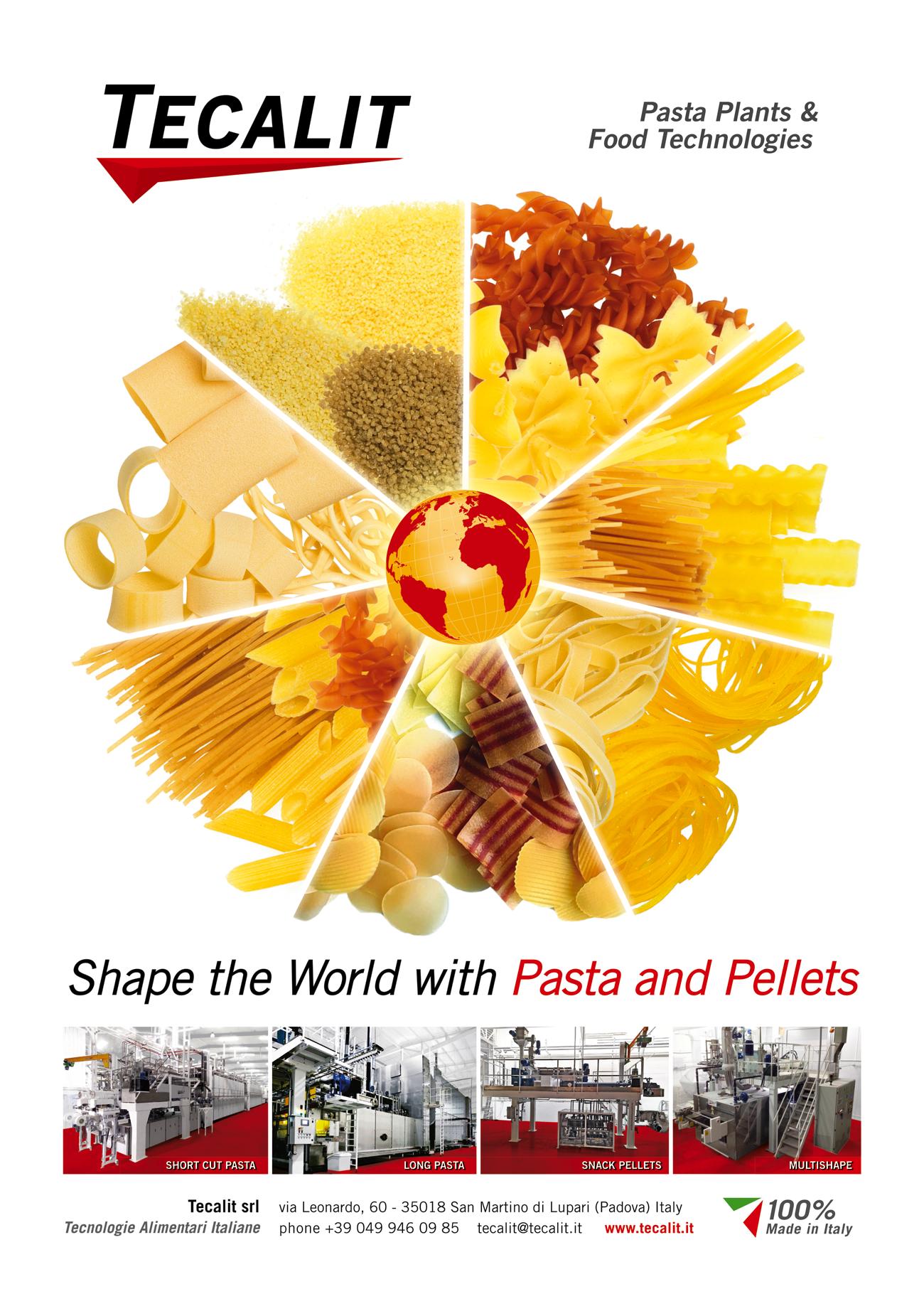
7 minute read
Pasta, past and future
by Andrea Maraschi Postdoctoral Researcher, Interuniversity Research Center “Seminary of the History of Science” University of Bari Lecturer in Anthropology of Food Department of Agricultural and Food Sciences - University of Bologna

Advertisement

Egypt between long-standing challenges and new market strategies
Egypt was the cradle of one of the earliest and greatest civilisations ever existed. The complex history of its success starts from a basic precondition: it was an agrarian society, and it could thus feed specialised workers, divide labour, think big. Ancient Egyptians produced the ancestor of our beer (a much denser and sweeter version of our beloved drink), and Herodotus holds that they kneaded dough with their feet to make spelt loaves. When milled, Egyptian’s hard grains produced a kind of semolina that resulted in a very tough dough once it was mixed with water, and it could only be worked well with the strength of the feet. Durum wheat was one of the most common grains used in ancient Egypt, alongside barley. However, the main variety grown for a long time until the Western Middle Ages was husked wheat, that is, emmer. Only during the medieval period Egypt introduced durum wheat, which at that point became one of the most important actors in the Egyptian market.
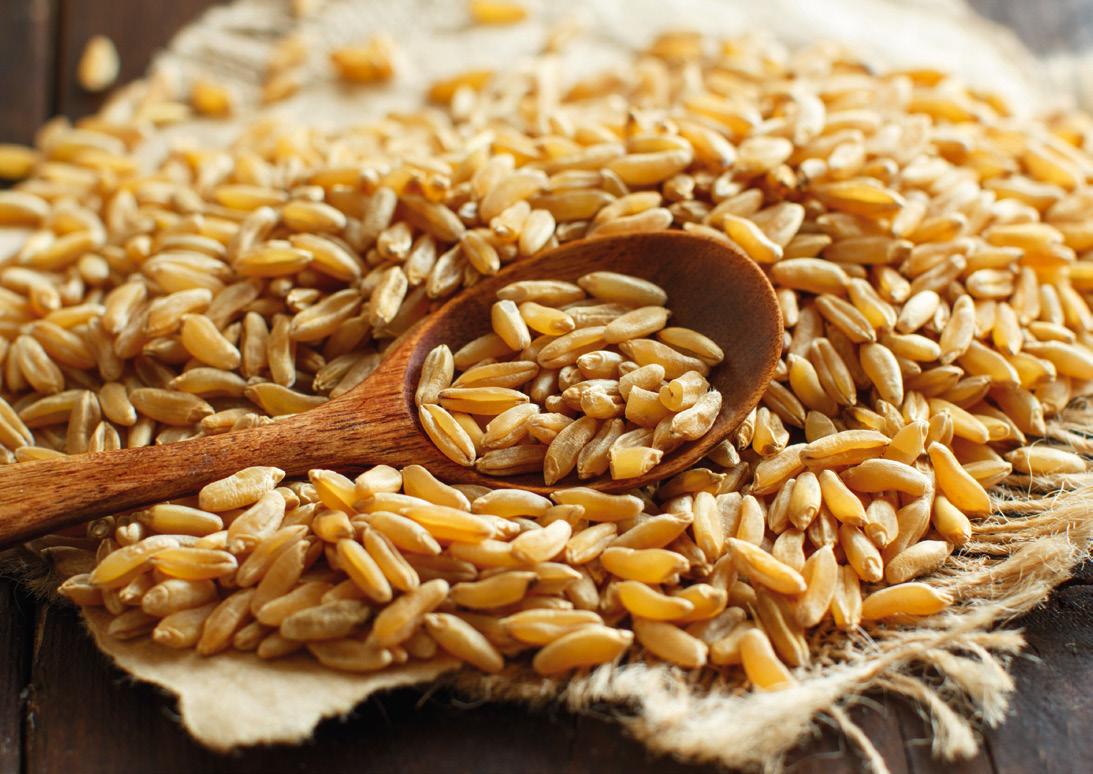
Kamut: an ancient Egyptian crop? The story goes that, after the II World War, an American pilot found a handful of grains inside a stone box in a tomb near Dashur, in Egypt. Thirty-six kernels, in particular. Later, he gave the kernels to a friend of his, whose father had a farm in Montana. The farmer planted the grains, and named the small crop “King Tut’s Wheat”. After a few years the grain was bought by another Montana farmer, T. Mack Quinn. Mack Quinn did his homework, and found out that “King Tut’s Wheat” originated in the Fertile Crescent and had not been modified since. He and his son trademarked the name “Kamut” (Egyptian for “wheat”). All in all, it would be wrong to think that Kamut was an ancient Egyptian crop, specifically. It is more likely that this grain was widespread in a large fertile area that also included Egypt (the eastern side of the Sinai Peninsula), as well as parts of modern-day Iraq, Israel, Syria, Lebanon, Palestine, Jordan, Kuwait and Iran. Kamut is characterized by large kernels (twice the size of normal wheat) and a sweet flavour. It is appreciated for its high levels of healthy fatty acids and proteins.
A rising trend
Nowadays, Egypt is among the world’s largest wheat importer as well as a major wheat producer.

100 million people in the country consume 35 grams of proteins supplied from wheat every single day (#1 in the world, according to FAO).
Despite the importance of rice as a staple in their diet, Egyptians are growing more and more hungry for pasta. The current annual per capita consumption averages around 7 kilograms, and taste is not the only reasons for this. Since 2017, the Ministry of Agriculture has been promoting the cultivation of wheat and other plants which require less irrigation than rice. Furthermore, people with lowincome have been granted a ca. 25% discount on Egyptian pasta.
Pasta market

Not all of the ca. 300 pasta factories in Egypt are currently operating. In fact, about half of them are not working because they are upgrading their plants in order to meet higher quality levels. Overall, a portion of Egyptian pasta factories still work with obsolete machines and need to catch up with today’s standards.
According to Mr. Ashraf El Sayed El Wasify, Egypt area Sales Manager for Storci (an important company in the pasta machinery sector), the entire Egyptian industry is getting ready to seize future market opportunities, and needs serious investments for what concerns machinery, technology and the likes. Data indicate that Egypt’s pasta market is expected to grow annually by 7.21% (source: www.statista.com). Past exports are categorized as: 1) Pasta, cooked or otherwise prepared (excluding stuffed); 2) Pasta, stuffed with meat or other substances, whether or not cooked or otherwise prepared; 3) Uncooked pasta, not stuffed or otherwise prepared, containing eggs; and 4) Uncooked pasta, not stuffed or otherwise prepared, not containing eggs. Egypt’s leading destinations for pasta are African countries such as Eritrea, Syria, Yemen, Zimbabwe and Angola.
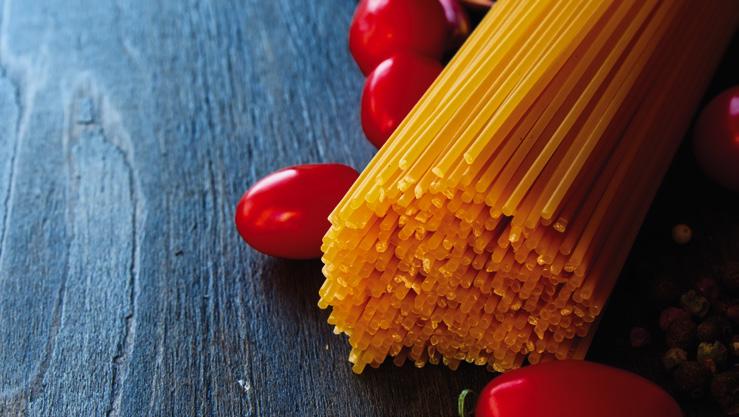
Egyptian new wheat varieties
In the meantime, the National Program for Wheat Research has been developing new wheat varieties that may help to increase domestic production and consumption. A 2010 study published on the Journal of American Science by scientists of the Food Technology Department, National Research Centre in Cairo (Ahmed M. S. Hussein, Mohie M. Kamil and Gamal H. Ragab, “Technological Properties of some Egyptian New Wheat Varieties”, Journal of American Science 6, 10, 2010, 1160-1171) casts light on the nutritional properties and other important virtues of wheat varieties such as Gemmiza 7, Giza 168, and Sohage 3. They all are characterized by high yield and pest resistance, and whole meal flours of these varieties are “able to produce high quality products (pan bread, biscuit and pasta)” characterized by higher nutritional contents. Sohage 3, in particular, is recommended to use for pasta.
One war is not over yet, and another one is already breaking out
The Russian invasion of Ukraine is having a huge impact on global markets, especially with regards to the wheat market. The blockade that Russia imposed on Ukraine’s Black Sea ports is currently trapping about 20 million tonnes of grain meant for export. This is about to trigger a bread war in countries such as Egypt, with obvious consequences for the entire Mediterranean basin in terms of new waves of migration towards Italy, Spain, France, and countries, such as India. However, India banned wheat exports in May 2022 due to the risk of food shortages. Though India’s role as a wheat exporter was not particularly relevant until the Ukrainian War, it is nonetheless one of the major wheat producers in the world, and its importance for the global market is going to grow. the likes. Egypt’s wheat production is largely insufficient to accommodate domestic demand, and the country is the world’s top importer of this good. Besides, it is estimated that ca. 2/3 of the population (ca. 70 million people) can only buy bread thanks to statesubsidised prices. Egypt imports 60% of the wheat needed for domestic consumption, with Ukrainian and Russian wheat having accounted for ca. 85% of total wheat import. This gives an idea of how huge the war may have impacted Egypt’s economy.
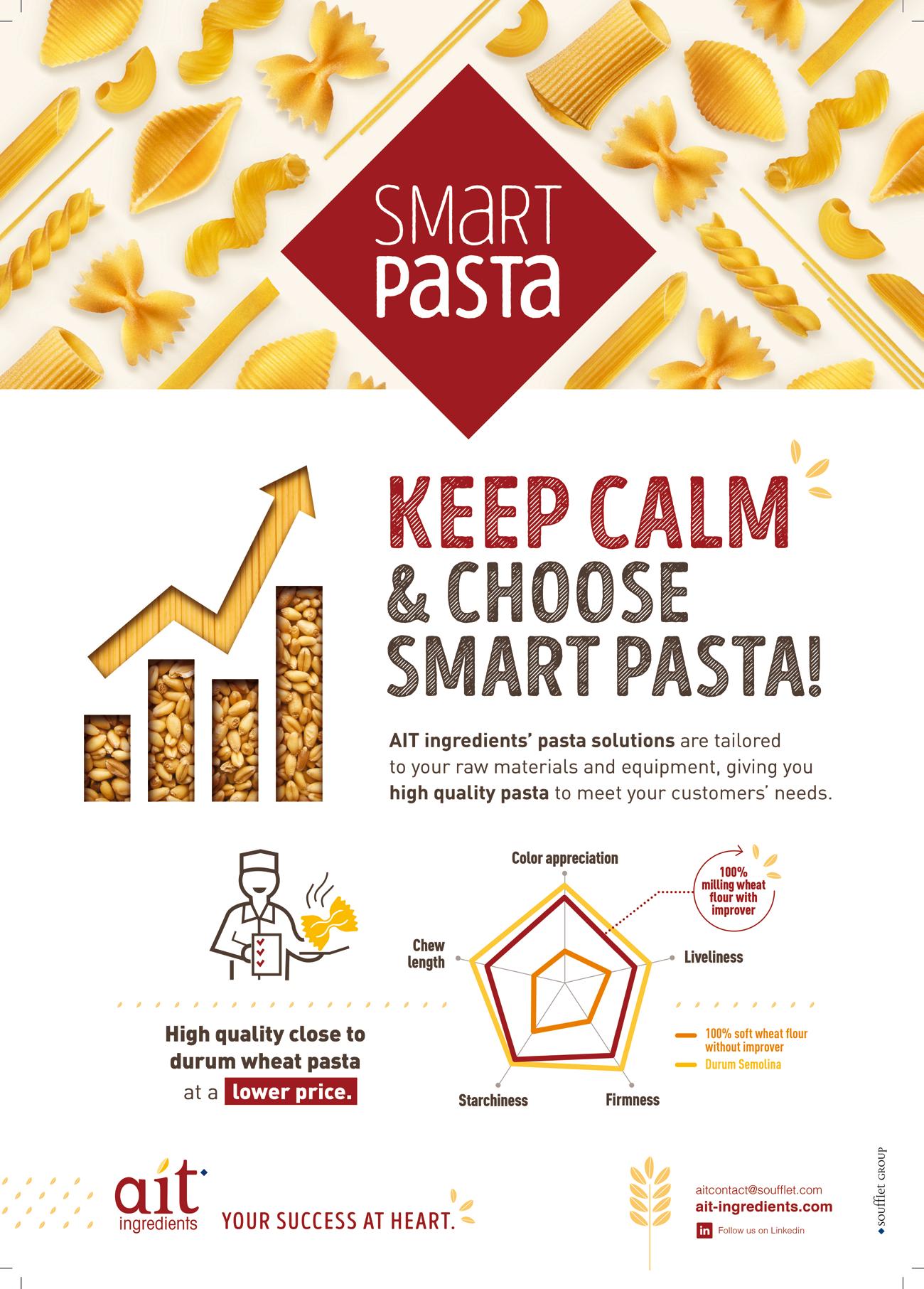

Yet another domino effect
Consequently, Egypt has been trying to import wheat from other
Earlier, in March 2022, Egyptian President Abdel Fattah al-Sisi had passed laws aimed at increasing domestic wheat production and preventing the sale of more than 40% of the new crop. At the same time, he also banned the export of staples such as legumes, pasta, fava beans, flours and corn, due to the food shortage caused by the Russian invasion of Ukraine. Needless to say, Egyptian farmers did not welcome this idea, since the state pays wheat 160$/tonne less than international buyers. Interestingly, in May 2022, the Egyptian Ministry of Trade and Industry lifted the export ban on spaghetti – and only on spaghetti. The reason? Demand for this specific type of pasta from other African countries was too high (and, one may note, internal demand was not). Eventually, last September Egypt allowed exports of food staples. Meanwhile, a mirage is appearing in the Sahara: President al-Sisi has decided to promote the cultivation of lands in the desert by means of cutting-edge technology. The idea is to meet 65% of wheat domestic need by 2025.
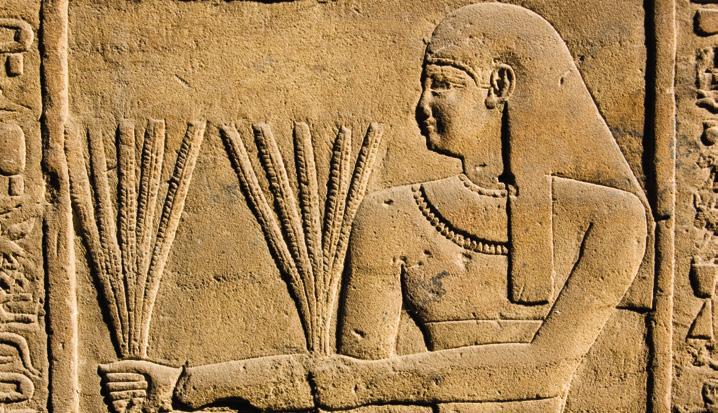

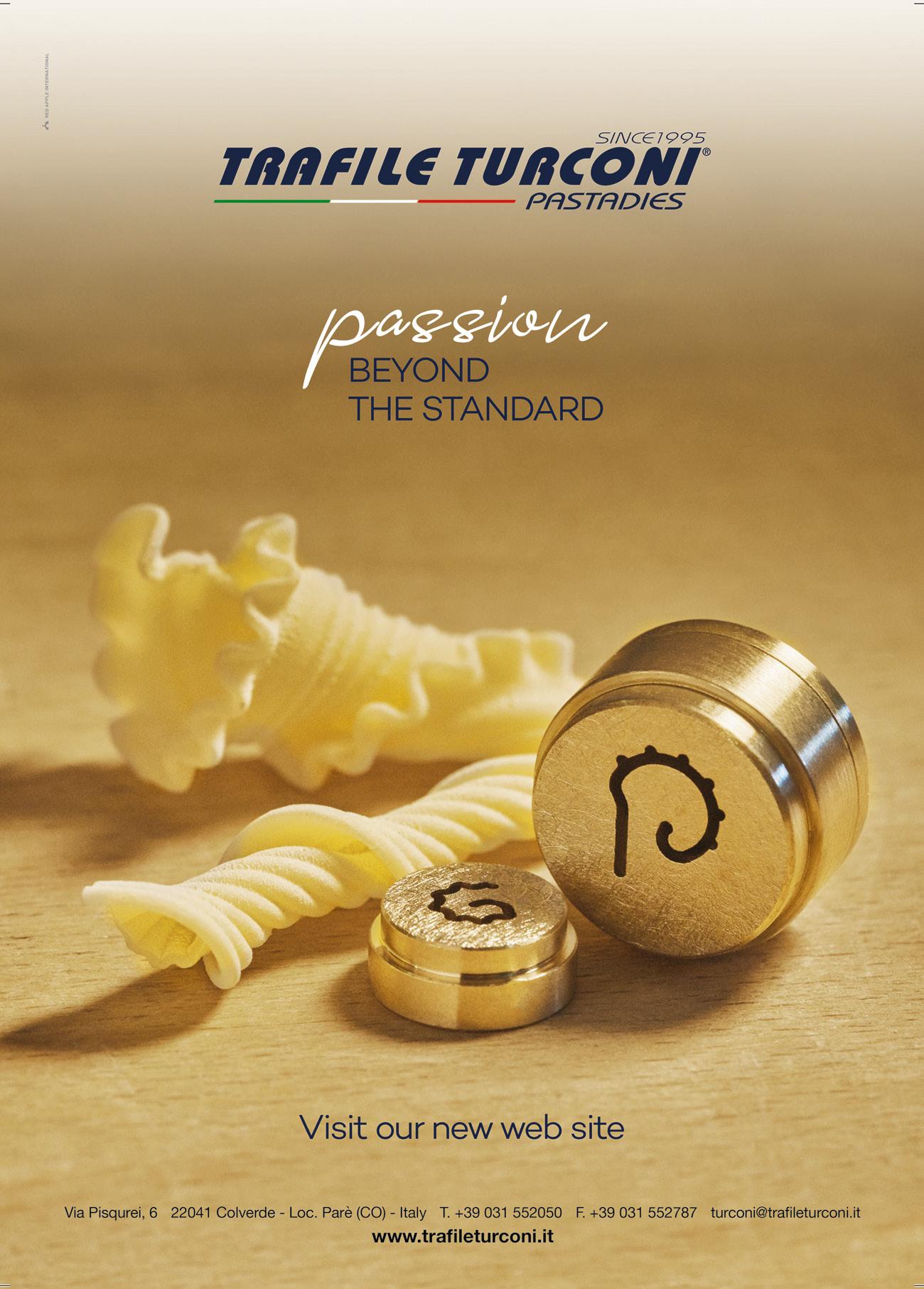
Doing the shopping
Should you happen to go to a supermarket in Cairo, you would mostly find pasta boxes whose weight ranges from 400g to 1kg.
and big rings, all “made with 100% fine quality durum wheat”. These types of pasta seem to be the most common ones, along with elbows. Regina, among the leading companies in the Egyptian pasta market, has also linguini, bucatini, alphabet&numbers, wheel, cube, twist, circle, toys, macaroni, pipe, farfalle, and fiocchi. Consumers can also find healthier types of pasta at their supermarket. For instance, Lino has oat spaghetti, fusilli and penne, which are richer in fiber, and so does Dobella (this brand also sells whole wheat pasta).
definitely one of them. Koshary is similar to Mujadara, a MiddleEastern dish made with rice, lentils and sautéed onions. Similarly, Koshary consists of lentils, rice, chickpeas and short pasta (for instance, elbows), mixed with cumin, coriander, tomato sauce and a bit of vinegar and topped with fried onions. Like many others around the world, this traditional dish is a statement: it attests to the enduring success of low, proteinand carbohydrate-based recipes. Today, Koshary is also a popular street food, as well as a domestic staple. Koshary is not the only popular recipe in which Egyptians like to put pasta. A very appreciated comfort dish is Macarona bechamel, which is made from penne, ground beef and meat sauce, all dressed with creamy béchamel. The result is an old-fashioned, tasty lasagna-like dish where ground beef, onion, tomato sauce, and olive oil are flavoured with thyme, salt, nutmeg and black pepper. Unlike Italian lasagne, Macarona bechamel feature ancient traditional
The average price of a 400g pack is ca. 15,00 EGP (0,45€).
Popular Egyptian brands are Regina (which, despite its Italian-sounding name, is based in Cairo), El-Maleka, the premium brand Italiano (see above), Royal Pasta, and Lametna. Italiano (Savola group) is one of the most recent brands, having been launched in 2014. It claims to be particularly modern, in that it offers “stand-up resealable packs” (source: company’s homepage). In 2016, it started marketing “the first ever kids’ pasta range in animal shapes, further establishing its status as Egypt’s most innovative pasta brand”. Among their products, one finds penne, shells, spaghetti, vermicelli, fusilli, small
Traditional recipes: from Koshary to macarona bechamel
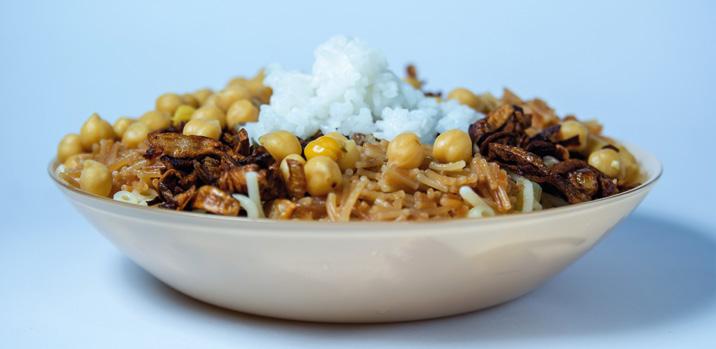
The extraordinary success of pasta in history is due to its ductility, among other things. There are a million good recipes one can make with pasta, and Koshary is seasonings, as typical of northern African regions. This is a beautiful example of continuities and differences between Mediterranean gastronomic cultures.

